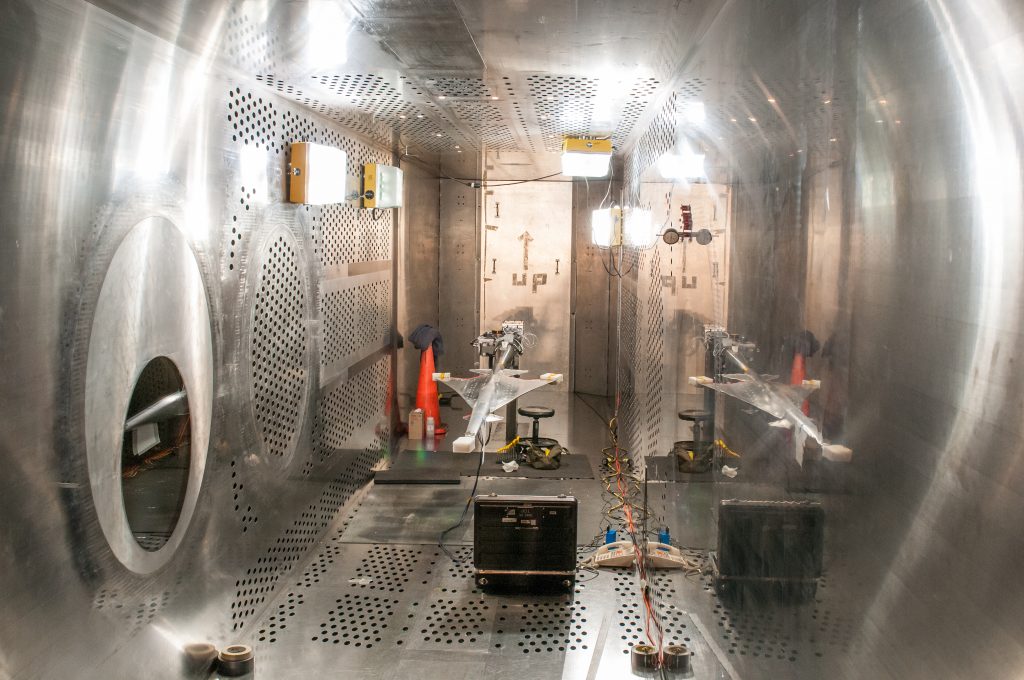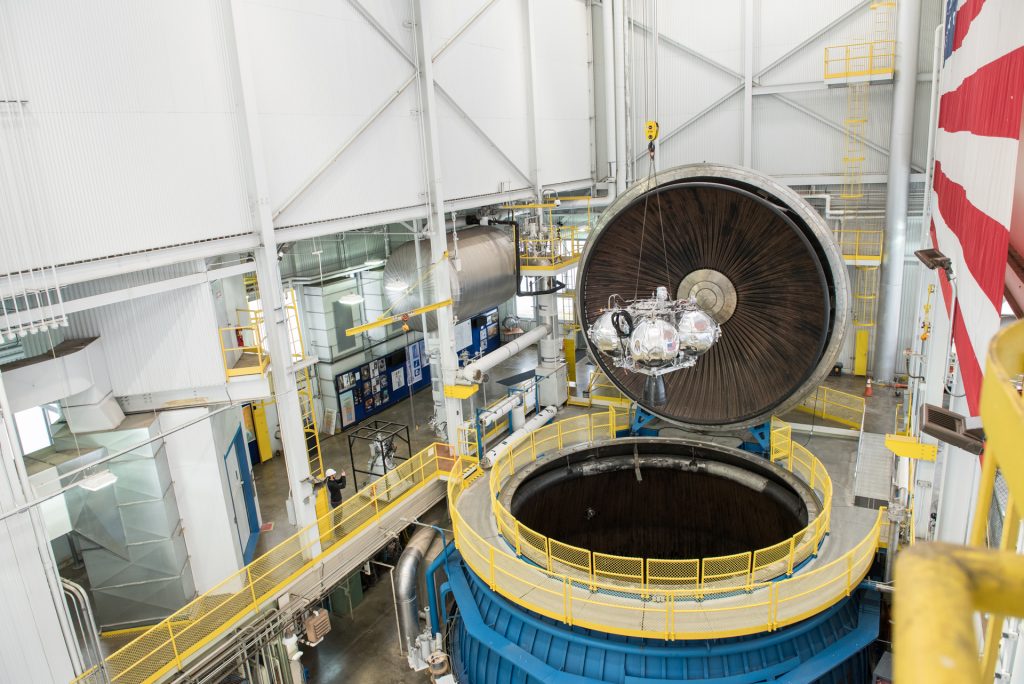Alumni Profile -Jordan Salkin

Jordan Salkin
jordan.i.salkin@nasa.gov
Jordan graduated from RIT’s photo sciences program in May 2016. She had specific skills unique to her studies and pursued a career as a photo technologist. Below, Jordan shares how some of the first chapter of her career has gone.
As a student at RIT, I never imagined working in the city that I grew up in or working at such a cool place – NASA. I applied for jobs all over the country and thought for sure I would end up somewhere completely different.
My job at NASA’s Glenn Research Center mostly consists of scientific imaging, but I also help out other departments in the Imaging Technology Center. Scientific imaging involves customers from NASA Glenn or outside companies from around the world. Customers request scientific imaging services and my job is to make sure all of their needs are met. One service provided is high speed imaging and this is frequently used at the NASA Glenn Icing Research Tunnel. For example, one test we did in the tunnel involved two Phantom high speed cameras to capture how ice breaks off of aircraft wings (on purpose). High speed video is also used with other facilities. I haven’t been here long enough to work on those projects yet. I also use high speed video for social media purposes. I helped created a series we are doing on social media called “The Science of Everyday Things” where we highlight a researcher at NASA Glenn and how their work relates to everyday things. My job is to use high speed video to capture something viewers would be interested in. For example, I recorded a video in high speed of paint bouncing off a speaker to show how audio works.
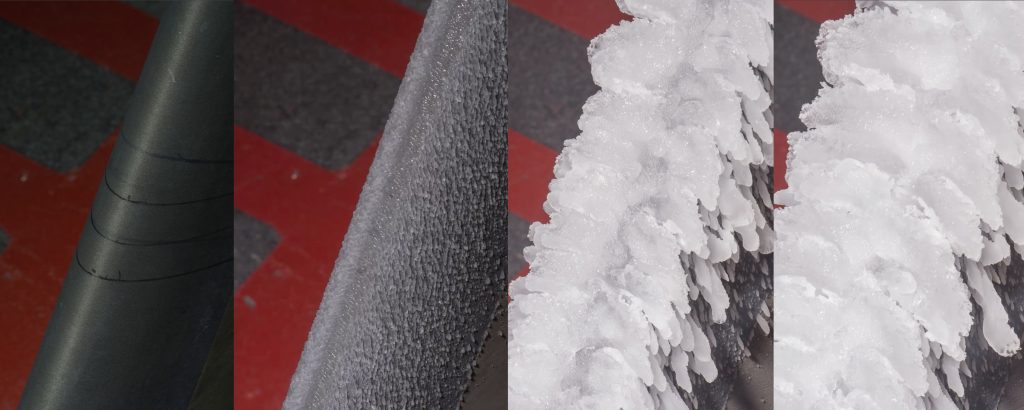
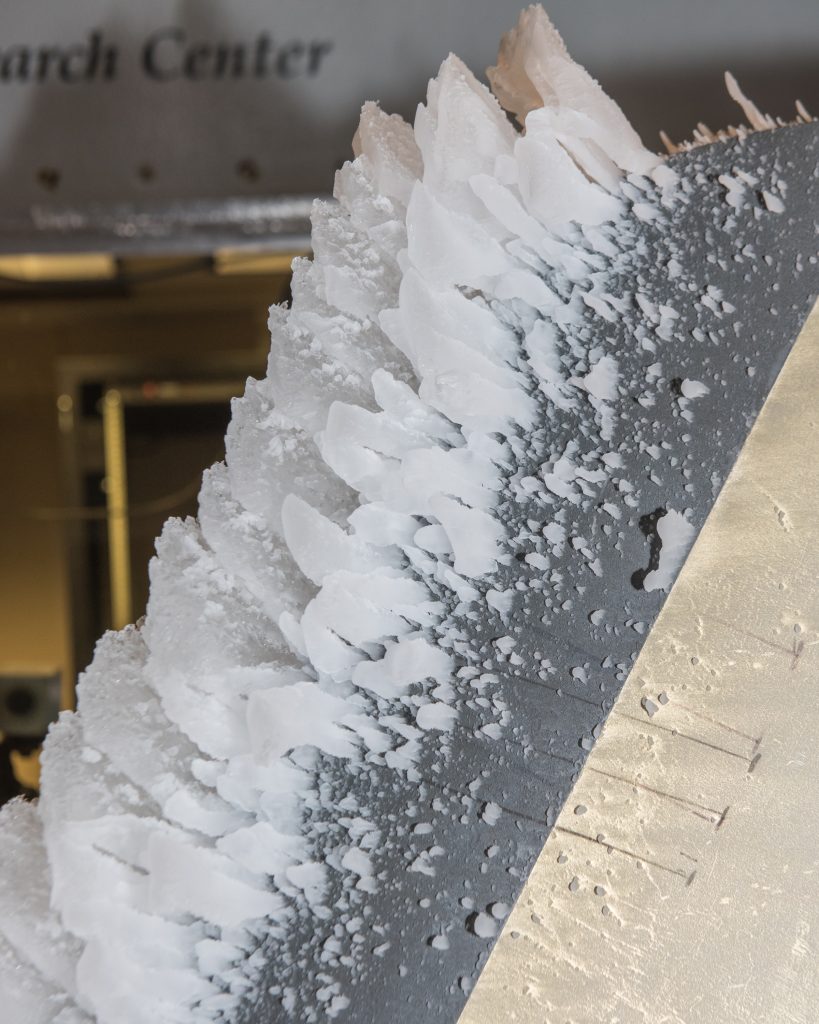
Another scientific imaging service is infrared imaging. I also use infrared videos in the Icing Research Tunnel when heat is measured inside the aircraft wing. It is used to evaluate deicing systems to make an aircraft safe. My first week at NASA, I assisted my coworker in shooting infrared footage in the Rocket Lab, so other facilities use infrared imaging as well.
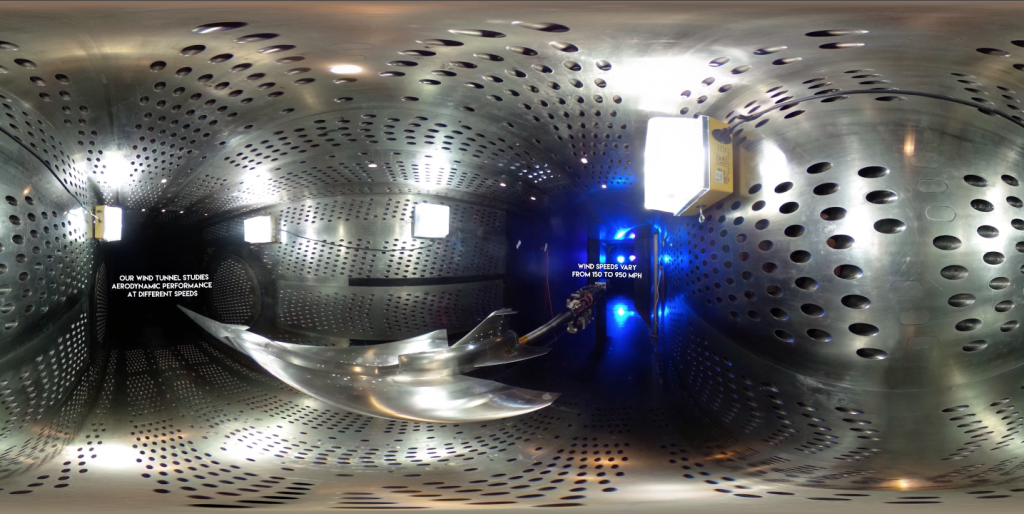
Time-lapse video is also becoming very popular with researchers and for social media purposes. I became the point of contact for time-lapse projects, so I am usually lead when it comes to camera placements, interval settings, and processing the final product. The NASA Plumbrook Center in Sandusky (our sister NASA) often requests time-lapses in their Space Power Facility (where the largest Vacuum Chamber in the world is located). I just finished one up at their B2 facility where they were testing a space-related project. There are other labs on base that are interested in having a time-lapse set up for months at a time, such as when a big project is being assembled, disassembled or is being moved. Time-lapse projects could last anywhere from a day to up to a whole year (and I usually deal with thousands and thousands of files). My favorite time-lapse project so far has been of ice forming on an aircraft wing in the Icing Research Tunnel. The camera was shooting every three seconds for a 55 minutes and the ice formed into some really interesting shapes, so it was pretty cool to see a 55 minute run turn into a 35 second video.
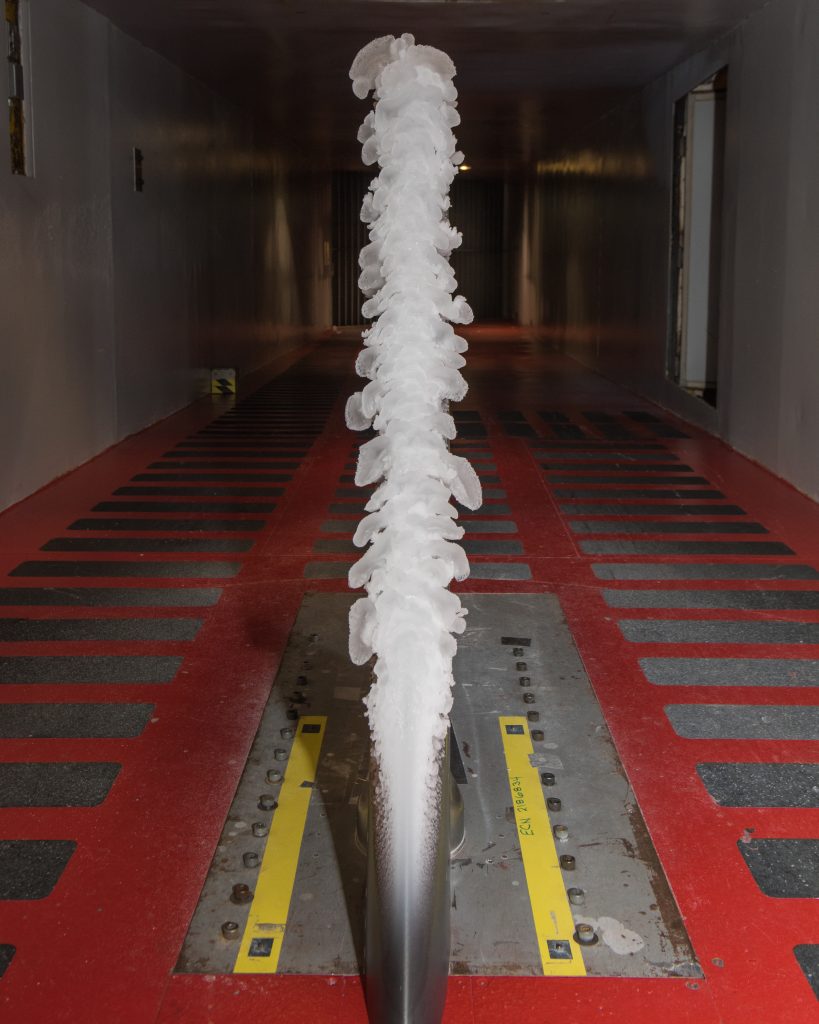 NASA Glenn is also starting to get into 360 video and I often like to take lead on those projects. The latest 360 I made was in the Supersonic Wind Tunnel where there is an aircraft test currently going on. We have this mechanism that 6 go pros fit into and after they all record, I have to stitch the videos together. It’s getting more popular, so I am sure I will be doing more of those projects. My coworkers and I are starting to learn how to edit them in more creative ways as well, such as adding text or photos within the video.
NASA Glenn is also starting to get into 360 video and I often like to take lead on those projects. The latest 360 I made was in the Supersonic Wind Tunnel where there is an aircraft test currently going on. We have this mechanism that 6 go pros fit into and after they all record, I have to stitch the videos together. It’s getting more popular, so I am sure I will be doing more of those projects. My coworkers and I are starting to learn how to edit them in more creative ways as well, such as adding text or photos within the video.
Another service that scientific imaging provides is 3D laser scanning. So far, this is only done at the Icing Research Tunnel. After ice conditions are met in the tunnel, the researchers want to study how the ice forms on the aircraft wings and to do that, my co-worker (Quentin Schwinn, also an RIT grad) and I scan the ice. I am still in training with this technique since it is very intricate. However, I am starting to 3D laser scan the easier ones (in other words, ones with less intense ice formations). After a run, the tunnel obviously is very cold (I think the coldest I’ve seen it so far is -24 degrees C) so that makes it difficult to work. Not to mention, we need to work fast to not only get more runs in for the researchers, but because the ice will start to melt. Geomagic software and a Romer Arm from Hexagon are used to do the scanning. Once the ice is scanned, it is sent on to get processed with the same software. Many of the ice formations are very distinguished, so it is very hard for the scanner to get 100% of the ice formation. Depending on the scan, this could take a couple of hours or up to a whole week. 3D models can also be made from these scans by printing from a 3D printer. Therefore, the researchers and engineers can have a hands-on experience when looking at the ice scans. Apparently, Quentin and I are the only people in the world who scan ice like this, so I think that’s fun to tell people (and that also means we get to travel occasionally).
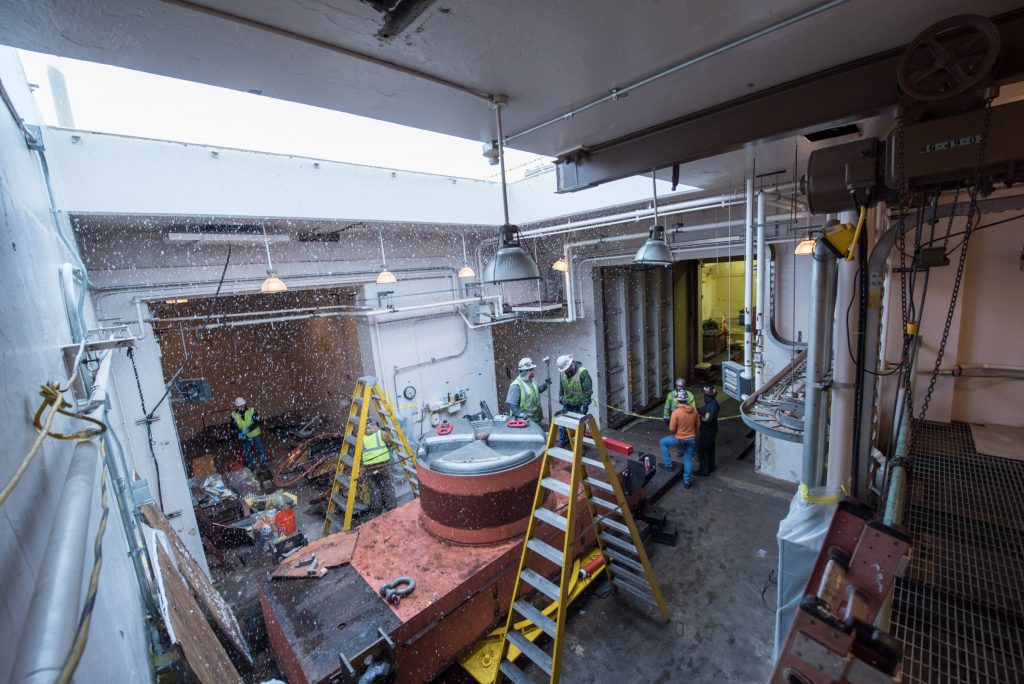
If scientific imaging is not as busy, I often assist the digital photographers with photography shoots, editing, archiving, video and other duties. NASA Glenn hosts events every week, sometimes multiple times a week and photographers are always needed. When I get assigned to cover an event or tour, I attend the whole event and photograph as many candids, group photos, and other creative shots I see. Many researchers at NASA Glenn also like to have the digital photographers come out to do a research or environmental portraits. When I assist with these portraits, I help set up strobes, reflectors, color gels, etc. to make the photograph more appealing. These types of photos often go on social media to help attract more followers or to use for pamphlets and brochures. I am also responsible for coming up with new ideas for social media since it is obviously huge these days and we like to promote any work the researchers are doing. For example, I started a new series on macro photos. So far for this series, I photographed a couple of the rover wheels up close (replicas of ones used on the moon) and macro photos of some of hardware used with a plasma spray.
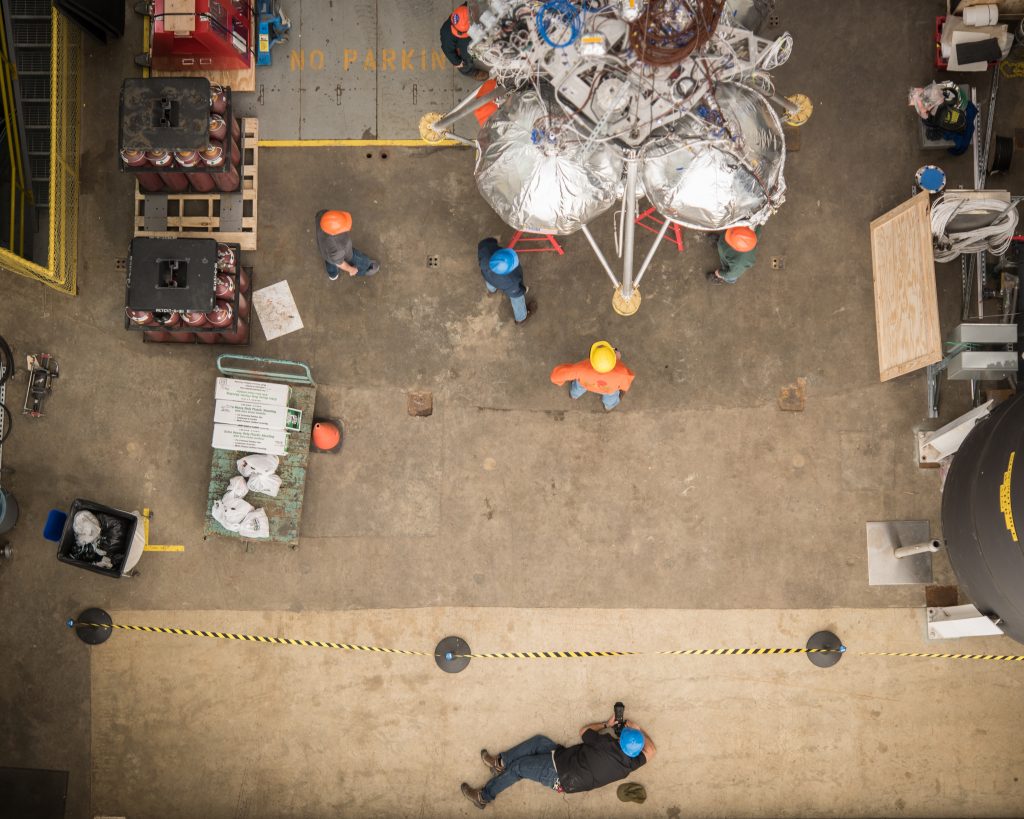
One of my favorite parts of my job is getting to go to different facilities and learn about what they do. There are so many things going on at NASA Glenn and I love being a part of it. There is just so much variety involved in my work that I never seem to get bored.
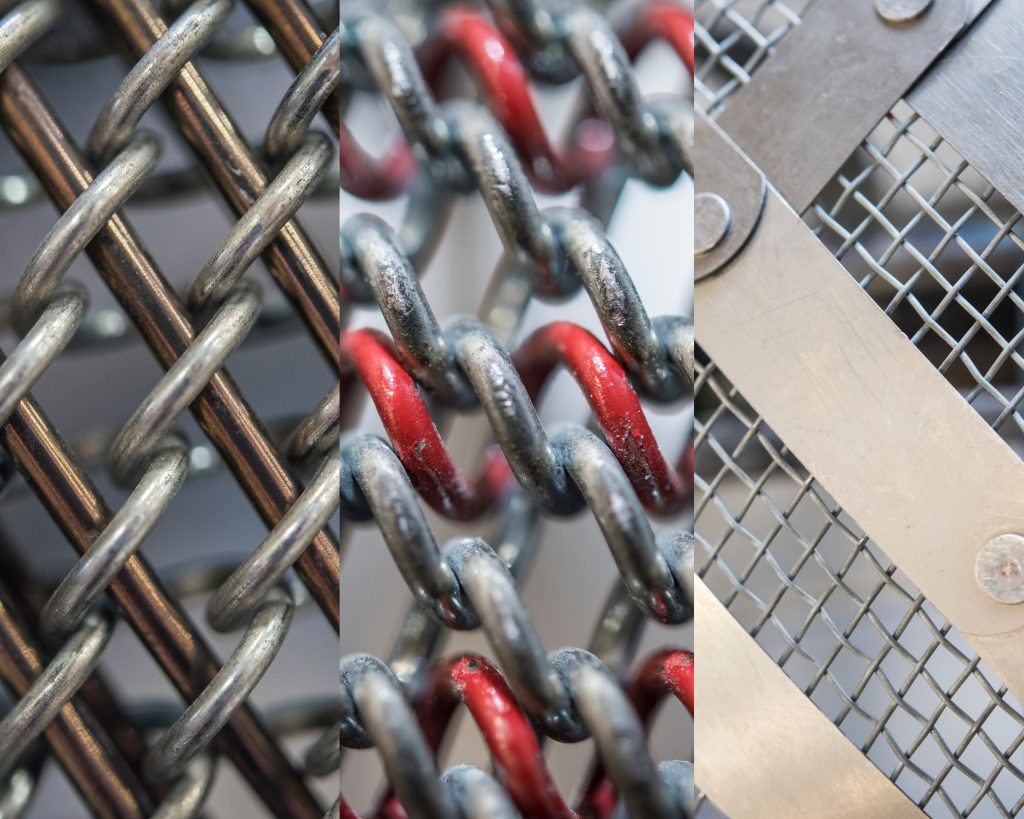
The only downside is that some of what I do is proprietary so I’m never able to show people any photos or video from those projects. However, feel free to check out our instagram page: https://www.instagram.com/nasaglenn/ They post my work frequently and they credit who the photographer is so you can see which of the work is mine (NASA Glenn is on other social media sites if you are interested).

